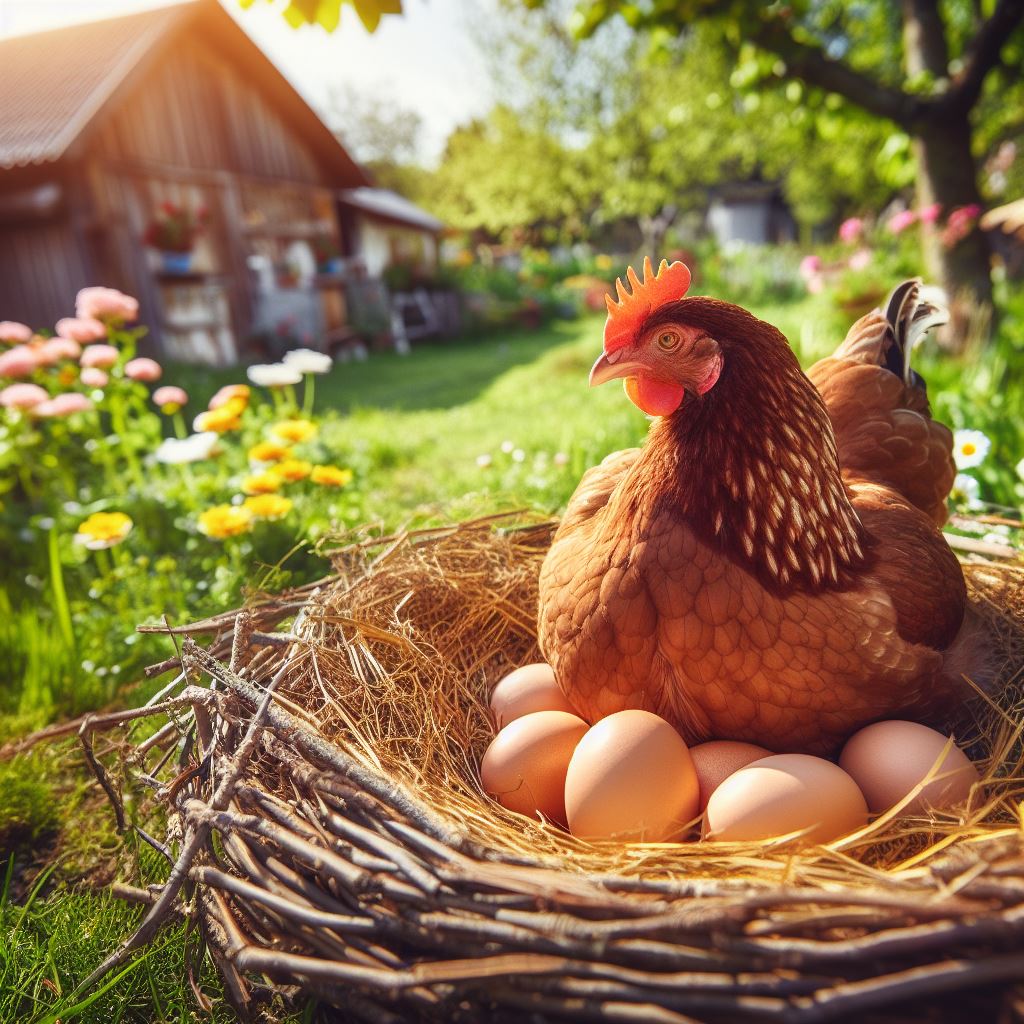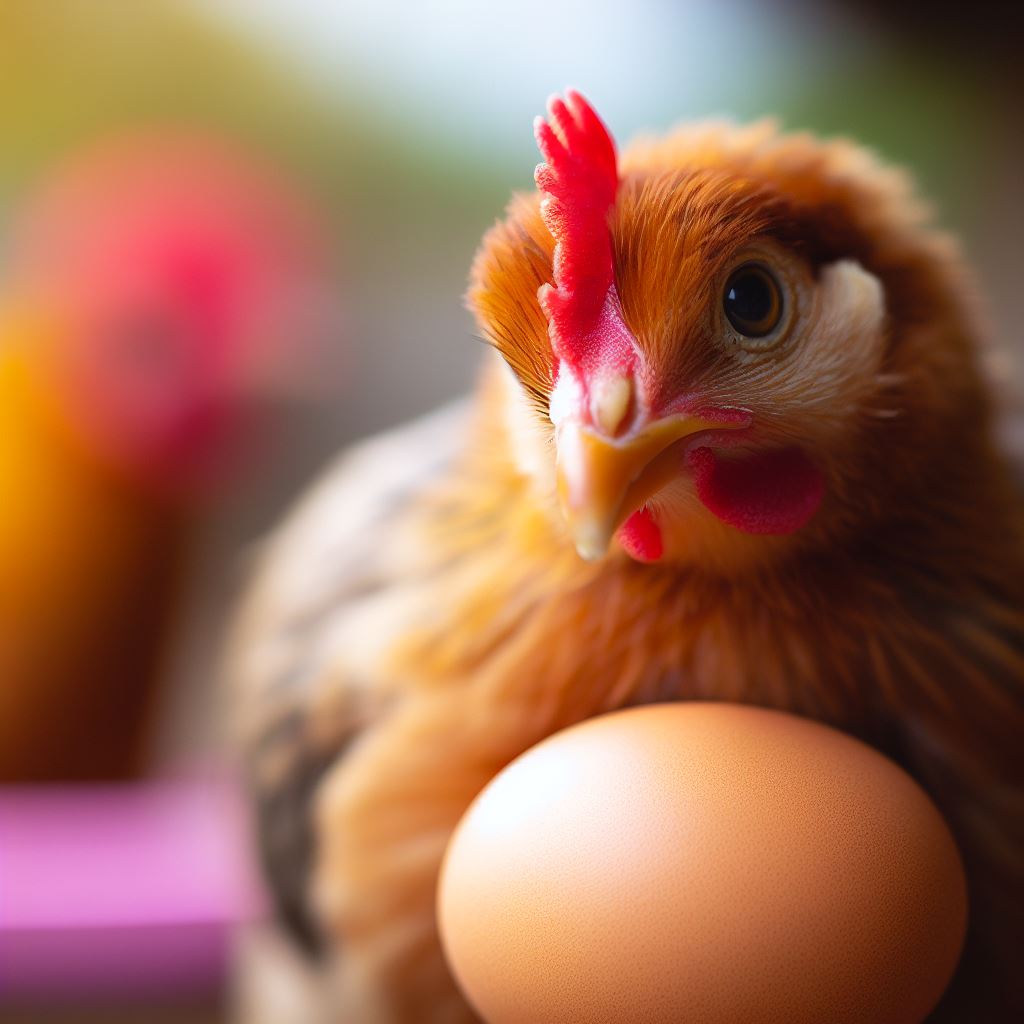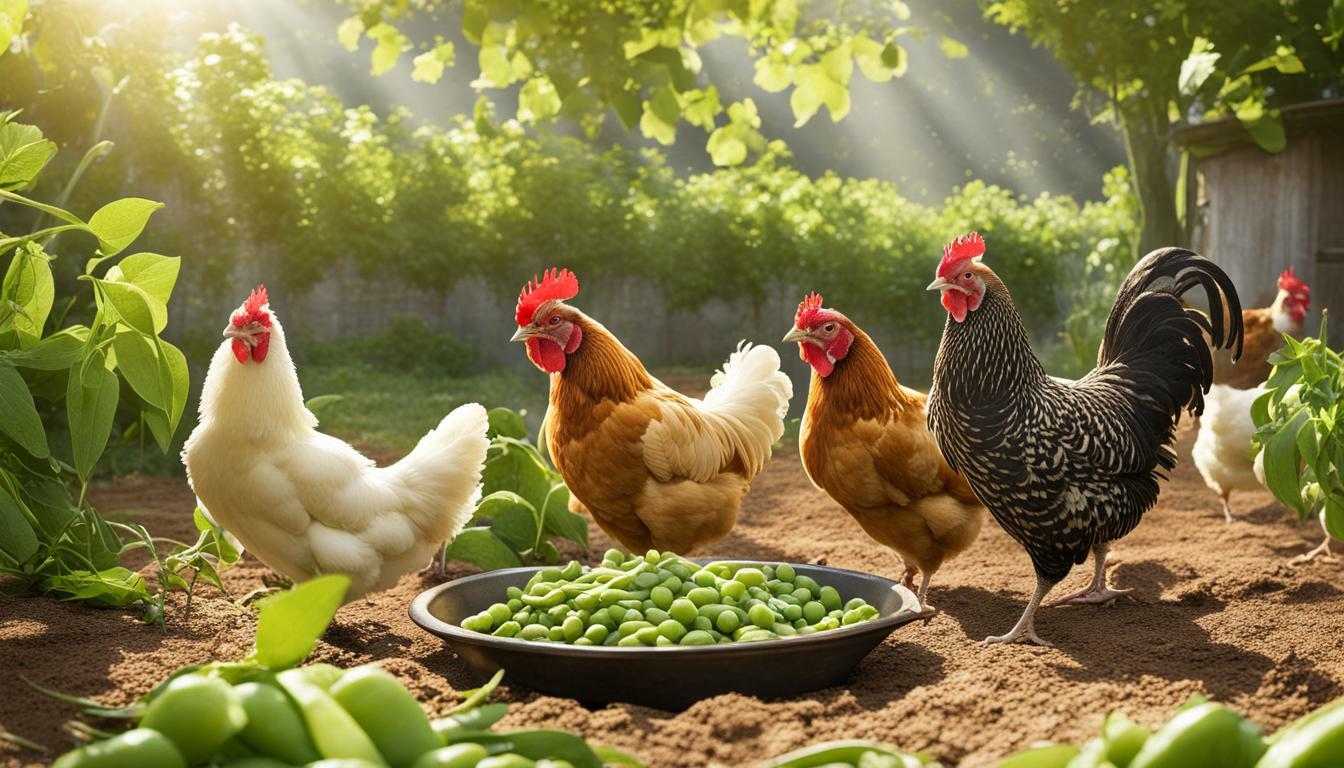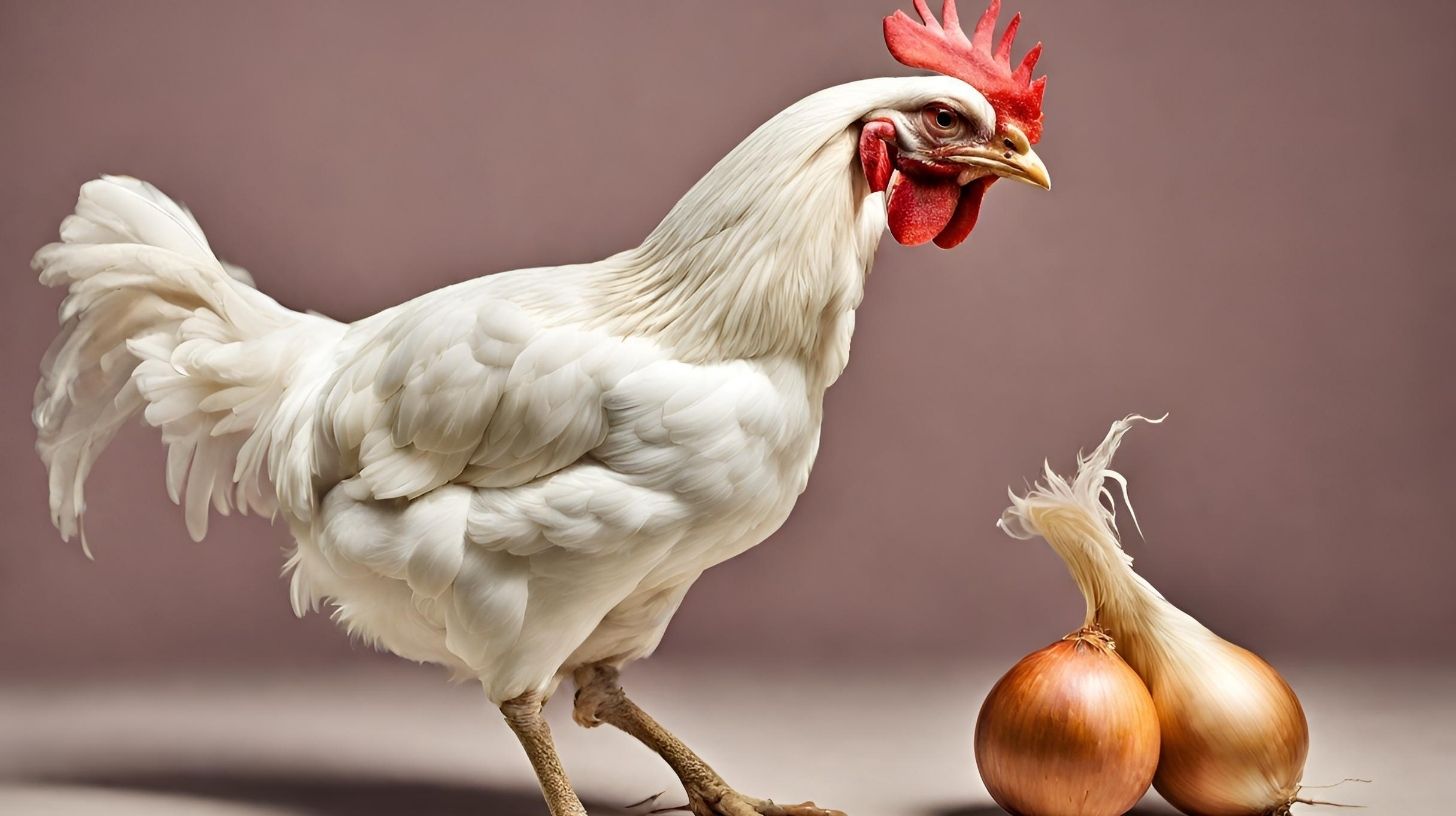How Chickens Move Their Eggs? The Surprising Truth

Table of content:
Chickens are amazing creatures that exhibit a wide range of natural behaviors. One of the most fascinating aspects of chicken behavior is how hens move and relocate their eggs.
As a chicken owner, understanding this innate egg-moving behavior can help you better care for your flock.
In this comprehensive guide, we will explore the natural reasons chickens move their eggs, the methods they use, and tips for supporting this important brooding instinct.
Why Do Chickens Move Their Eggs?
In the wild, chickens have adapted ingenious ways to increase the chance of survival for their chicks. A major part of this is the brooding and nesting behaviors of the hen.
There are two key reasons why chickens move their eggs around:
For Protection and Warmth
Mother hens have a strong natural drive to protect their chicks. By moving the eggs around frequently, the hen ensures the eggs are covered and concealed from potential predators. Sitting on the eggs also provides essential warmth for development. The hen will carefully tuck the eggs under her body and reposition them frequently for even heating.
To Assess the Nest Site
Chickens are ground-nesting birds by nature. In the wild, they do not use pre-made nest boxes. The hen will evaluate the safety and suitability of a nesting site by moving eggs around within it. She is essentially “testing” the site to make sure it meets the requirements of insulation, camouflage and comfort. A good nesting site will keep the eggs concealed, protected and at optimal temperature.
 How Do Chickens Physically Move Their Eggs?
How Do Chickens Physically Move Their Eggs?
Chickens have some remarkable adaptations that allow egg-moving abilities:
Using Their Beak
A chicken’s beak is a highly sensitive, dexterous tool. The hen uses her hard beak to carefully pick up, roll, and transport eggs short distances within the nest. She is able to grasp an egg of any size gently without cracking the shell. If she needs to move eggs longer distances, the chicken may opt to carry them one by one in her beak.
Pushing with the Body
For slight adjustments within the nest, the chicken will use its body to nudge and position the eggs. She can circle around, gently rolling an egg into place underneath her. Her movements are slow and deliberate to avoid damaging the egg.
Limitations in Grasping and Carrying
While suitable for moving eggs short distances, a chicken is limited in how far she can grasp and carry eggs.
Chickens do not possess hands and fingers like humans that can securely grip objects. She does not have the ability to hold, cradle or grasp eggs for very long in her beak or feet.
Her egg-moving abilities are therefore restricted to within and around the immediate nesting area.
Key Tips for Chicken Owners
Understanding the innate egg-moving behaviors of chickens allows us to better support our flocks:
- Provide an optimal nesting area – This should include concealed, quiet areas with soft bedding where the hen can evaluate the nest and move eggs around without damage.
- Avoid relocating eggs – Once a hen has chosen her nest, avoid relocating the eggs yourself. This can disrupt the hen’s natural brooding behaviors.
- Let the hen hide the nest – Give the hen privacy and avoid disturbing her frequent egg repositioning. She knows best how to protect her clutch.
- Check for broken eggs – Gently check for broken or damaged eggs and remove these. But be careful not to overly disturb the nest.
- Allow clutch completion – Wait until the hen has completed laying her clutch before collecting eggs for eating. Premature collection can prolong her laying period.
- Consider egg-moving limitations – Be aware that hens can only move eggs short distances. Provide water and feed close to the nesting area.
By understanding the remarkable egg-moving abilities of chickens, we can support the needs of our flock. Allowing hens to behave naturally helps produce happy, healthy chicks!
Conclusion
- Chickens move their eggs frequently to provide warmth, protection and assess the nest.
- They use their sensitive beak to gently roll and carry eggs short distances.
- Their movements are limited so they need an undisturbed nest area.
- Allowing natural brooding behaviors supports hen health and chick rearing.
Supporting the natural behaviors of chickens is an important part of ethical and humane poultry keeping.
By giving hens the space and materials to assess nest sites and move their eggs, we enable them to exhibit the fascinating innate abilities they have developed through evolution.
Providing for these innate needs results in lower stress, stronger maternal instincts, and better outcomes for hens and chicks alike.
Welcome. I’m Adreena Shanum, the proud owner of this website, and I am incredibly passionate about animals, especially poultry. I founded adreenapets.com as a labor of love, stemming from my desire to share my knowledge and experiences with poultry enthusiasts worldwide.




